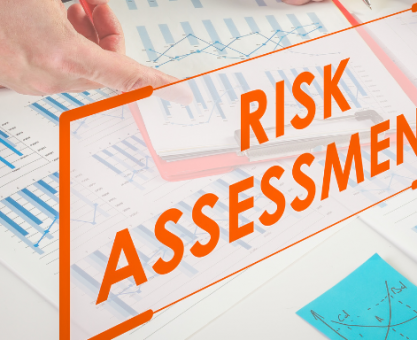Executive Summary
-
Blockchain technology is revolutionizing real-time settlements in banking by increasing speed and transparency.
-
The implementation of blockchain can significantly reduce transaction costs and risks.
-
Challenges include regulatory hurdles and the need for infrastructure adaptation.
-
Real-world examples showcase successful blockchain integration in banking.
-
Expert insights highlight strategic steps for effective blockchain adoption.
Introduction
In today’s fast-paced financial world, the need for speed, transparency, and security in banking transactions has never been higher. Traditional settlement processes are often slow, error-prone, and costly. Enter blockchain technology—a groundbreaking solution promising to transform banking through real-time settlements. This article explores the potential of blockchain technology in reshaping the banking sector, addressing key benefits, challenges, and strategic insights for successful integration.
Definitions / Context
Blockchain Technology: A decentralized digital ledger system that records transactions across multiple computers, ensuring security and transparency.
Real-Time Settlements: The instantaneous exchange of funds or securities between parties, eliminating delays in financial transactions.
Benefits / Pros
-
Speed and Efficiency: Blockchain enables transactions to be processed in real-time, eliminating the need for intermediaries and reducing settlement times from days to seconds.
-
Cost Reduction: By streamlining processes and reducing the need for third-party verification, blockchain can significantly lower transaction fees.
-
Enhanced Transparency: Each transaction is recorded on a public ledger, providing an immutable audit trail and reducing fraud risks.
-
Improved Security: Cryptographic security measures ensure that transactions are tamper-proof and secure.
Risks / Cons / Challenges
-
Regulatory Challenges: Different jurisdictions have varying regulatory requirements, complicating blockchain‘s global implementation.
-
Infrastructure Costs: Banks may face substantial costs in upgrading or replacing existing systems to accommodate blockchain technology.
-
Scalability Issues: As blockchain networks grow, they may encounter challenges in maintaining speed and efficiency.
Step-by-Step Process for Blockchain Integration
-
Conduct a Feasibility Study: Assess the potential benefits and challenges specific to your institution.
-
Select the Right Blockchain Platform: Choose a platform that aligns with your bank’s operational needs.
-
Develop a Pilot Program: Implement a small-scale trial to test blockchain‘s effectiveness in real-time settlements.
-
Evaluate and Adjust: Analyze the pilot results and make necessary adjustments before full-scale implementation.
-
Full Deployment: Roll out blockchain technology across all relevant banking operations.
A leading European bank successfully integrated blockchain for cross-border payments, reducing settlement times from 3 days to 20 seconds and cutting transaction costs by 40%. This move not only enhanced customer satisfaction but also positioned the bank as a leader in financial innovation.
Expert Tips / Strategic Insights
-
Engage with Regulators: Collaborate with regulatory bodies early in the process to ensure compliance and smooth implementation.
-
Focus on Interoperability: Ensure your blockchain solution can integrate with existing systems and other blockchain networks.
-
Continuous Education: Keep stakeholders informed about blockchain developments and best practices.
Tools / Resources / Calculators
-
Blockchain Simulation Tools: Use platforms like Ethereum Testnet to simulate real-time settlements without risks.
-
Cost Estimator Tools: Calculate potential savings from blockchain integration using tools like the Blockchain Cost Estimator.
Conclusion
Blockchain technology holds the promise of transforming the banking sector through real-time settlements, offering unprecedented speed, transparency, and cost-efficiency. While challenges such as regulatory compliance and infrastructure adaptation exist, strategic planning and expert guidance can facilitate successful integration. For banks eager to stay ahead, embracing blockchain could be the key to future-proofing their operations.


















